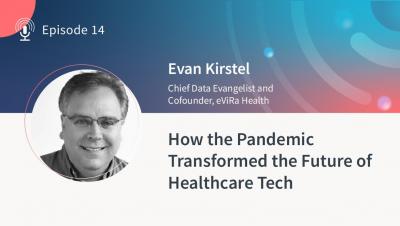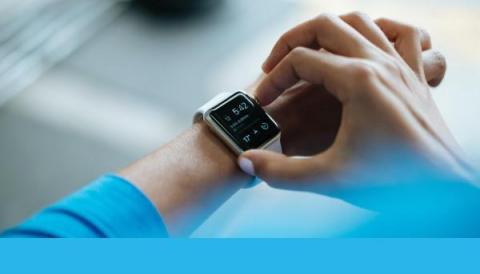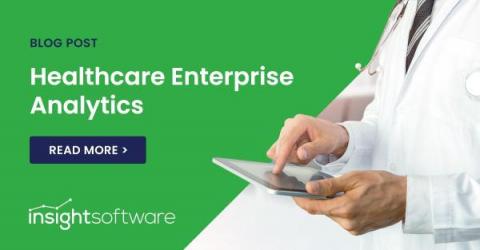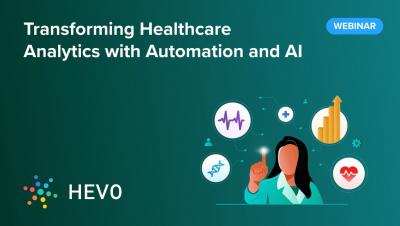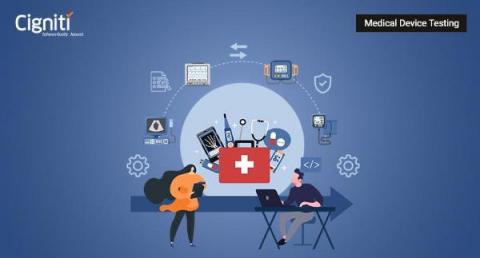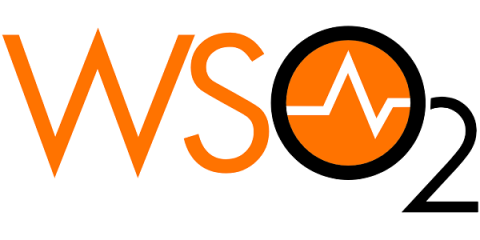Systems | Development | Analytics | API | Testing
Healthcare
What Can Fast Food Teach Us About Low-Code Automation in Healthcare?
Fast food and healthcare, strange bedfellows you say, perhaps? That said, there are lessons that the fast food industry can teach us that apply to low-code automation in healthcare.
How Snowflake Empowers Healthcare & Life Sciences Organizations to Generate Real-World Evidence for Better Patient Outcomes
How we eat, exercise, work, and rest play an important role in influencing our health outcomes. It’s been established that healthcare and life sciences (HCLS) organizations can improve health outcomes when they have access to this type of data on patients to inform real-world evidence.
5 Benefits of Low-Code for Healthcare Supply Chain Management
Supply chain shocks have wracked organizations across the globe, and healthcare and life sciences companies aren’t immune. News headlines were focused on personal protective equipment (PPE) shortages early in the pandemic, and more recently hospitals have faced shortages of much-needed medical supplies like crutches, gauze, and medications.
Reinventing the Healthcare Enterprise with Analytics
Whether you work in a hospital, long-term care facility, clinical lab, or a HealthTech company, all workers in the healthcare sector today are focused on value-based care and cost efficiencies. For organizations intent on streamlining processes, an analytics tool is the logical next step. Undoubtedly, embedded analytics solutions deliver the best outcomes.
Transforming Healthcare Analytics with Automation and AI
Creating a Custom Safety Testing Plan to Suit the Needs of Your Medical Device
Creating a Custom Safety Testing Plan to Suit the Needs of Your Medical Device
Digital disruption has impacted the healthcare industry enormously and kick started various innovations in the area of medical devices. This helped people to connect effectively with the latest medical devices embedding software that delivers better healthcare services. Medical devices are critical for patient care as they directly impact human lives by providing vital data and opinions derived from them. Software glitches trigger several risks to medical devices and patients’ wellbeing.
Winning with Analytics: The Transformation of Clinical Trials for Scientists
The end goal of clinical technology organizations in the US and abroad is to use modern technology to bring life-saving new treatments to fruition. Leaders in this sphere help generate the evidence and insights to help biotech, pharmaceutical, medical device, and diagnostic companies accelerate value, minimize risk, and optimize outcomes. Life sciences clients recognize that technology is the answer to inefficiencies and delays in delivering new treatments to the public.
Identity and Access Management in the Healthcare Industry
Image credits: Julia Sowells With the onset of the COVID pandemic in 2020, the use of telemedicine and telehealth services has soared. An article by McKinsey estimated that in 2021, the use of telehealth was 38 times higher than pre-COVID years.


